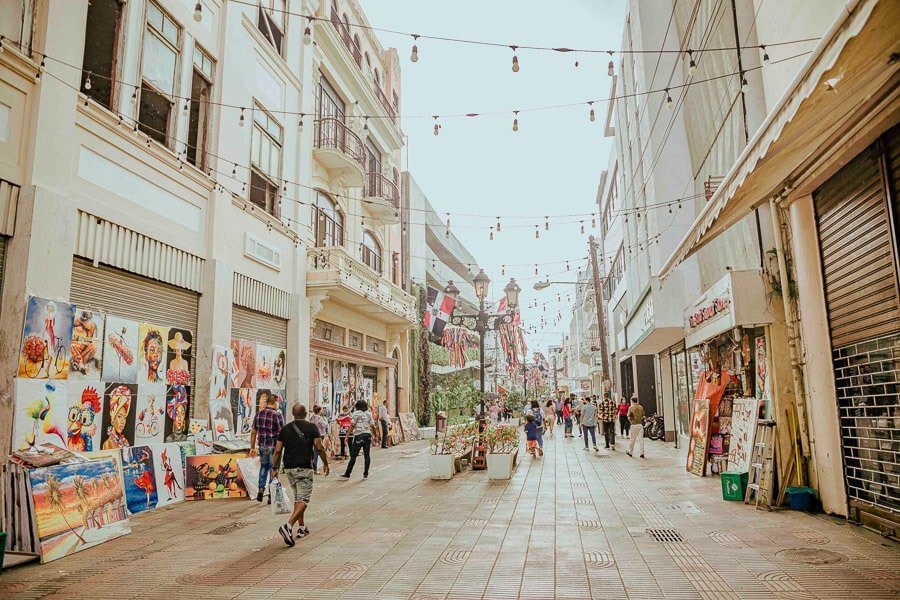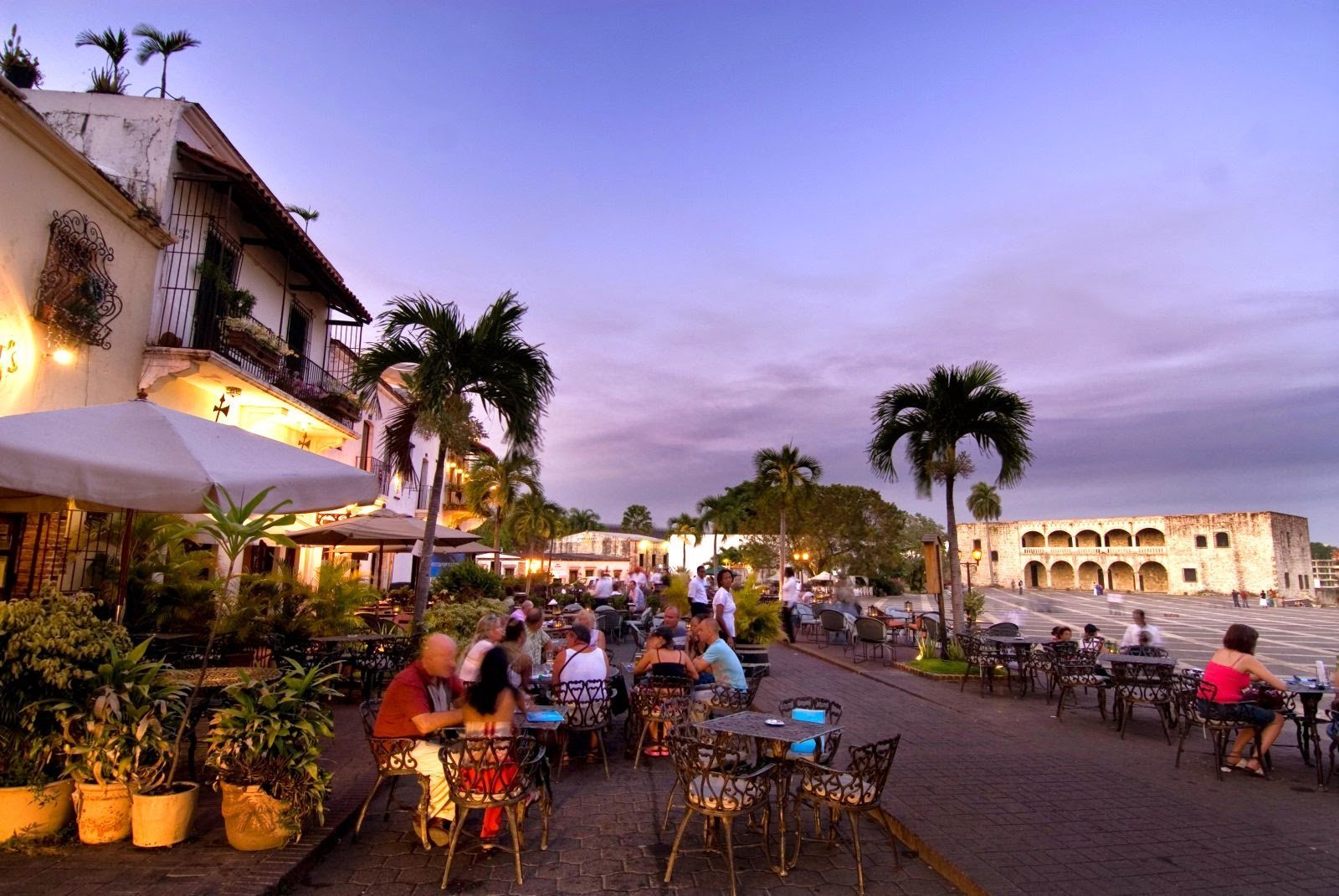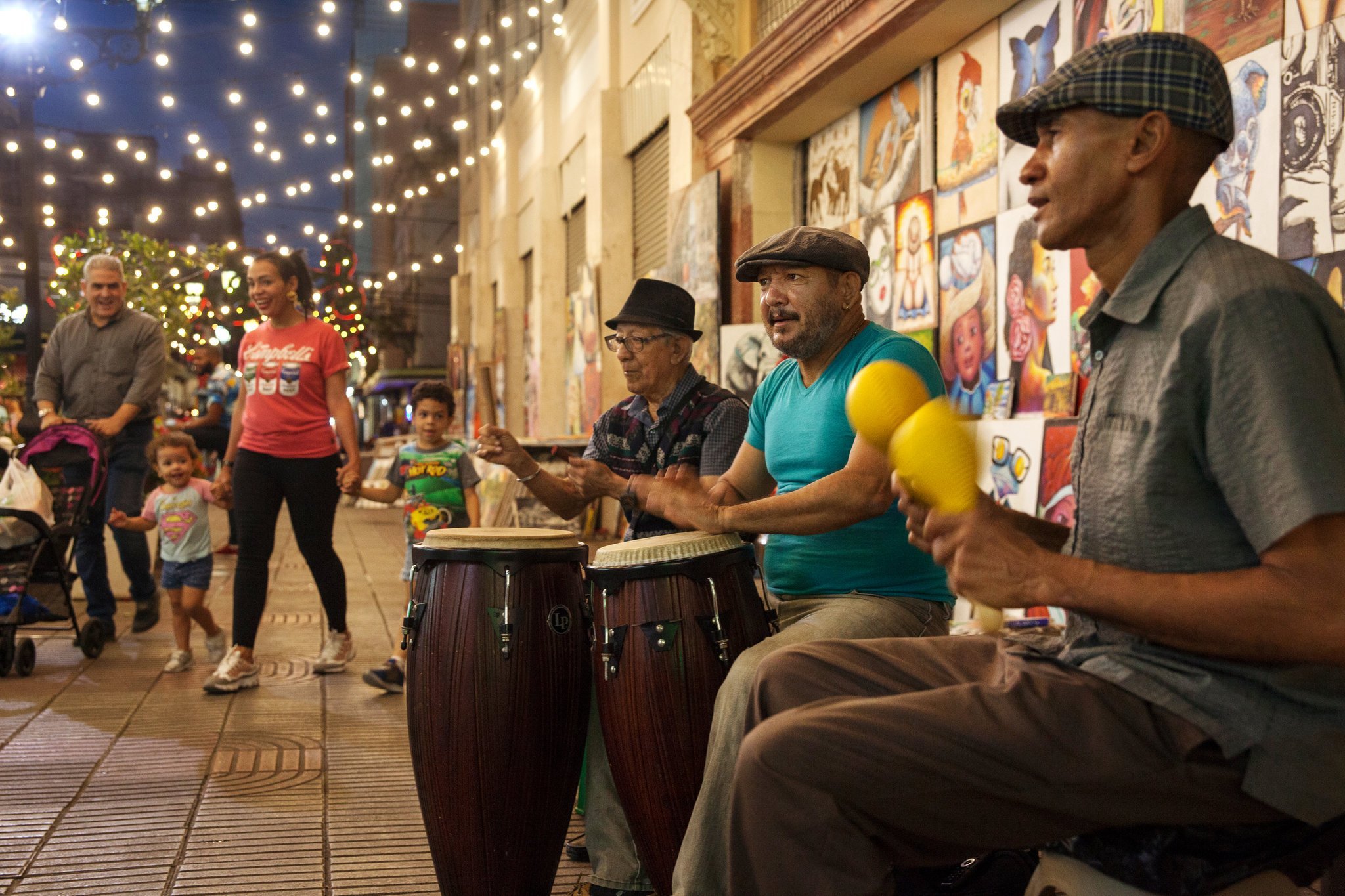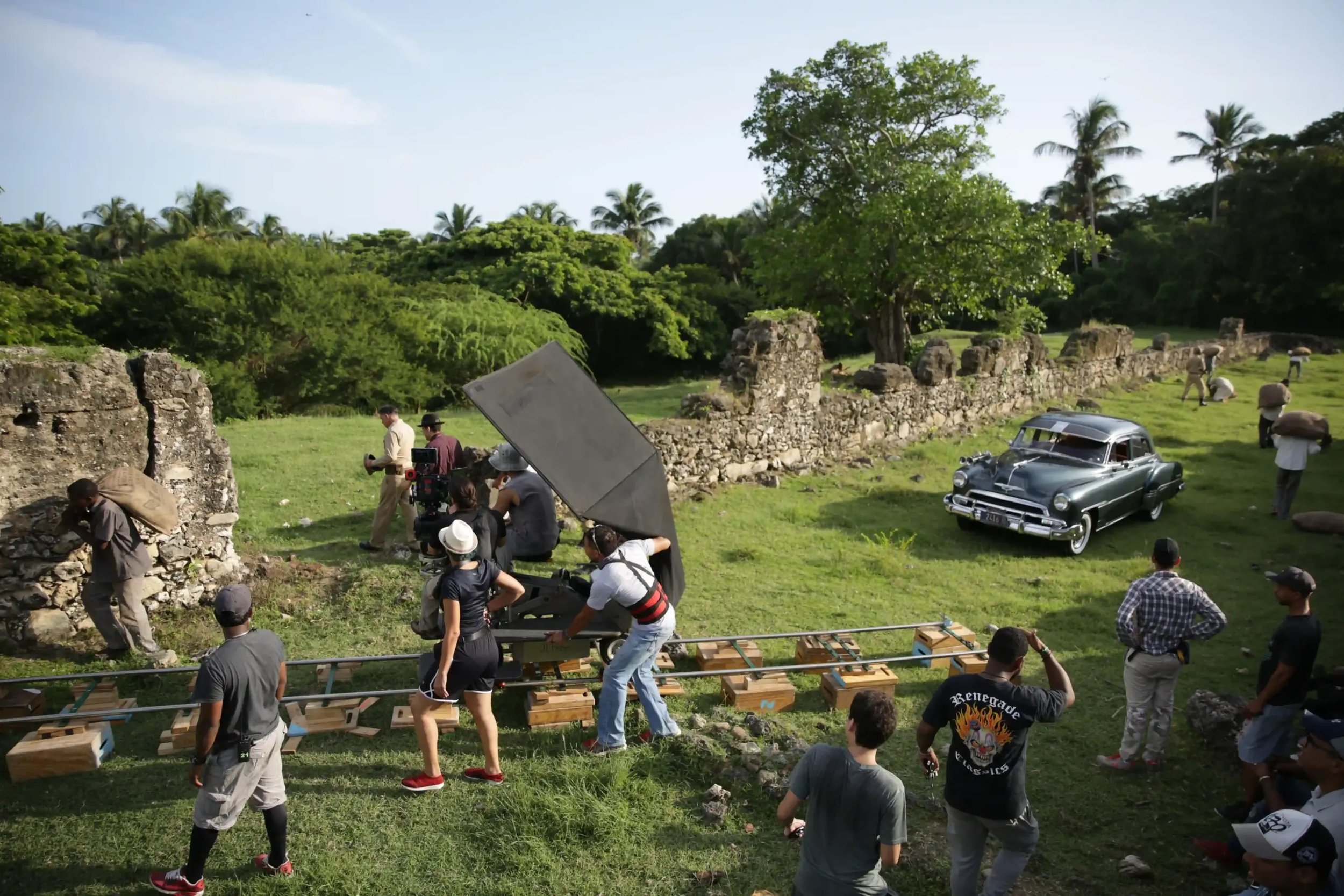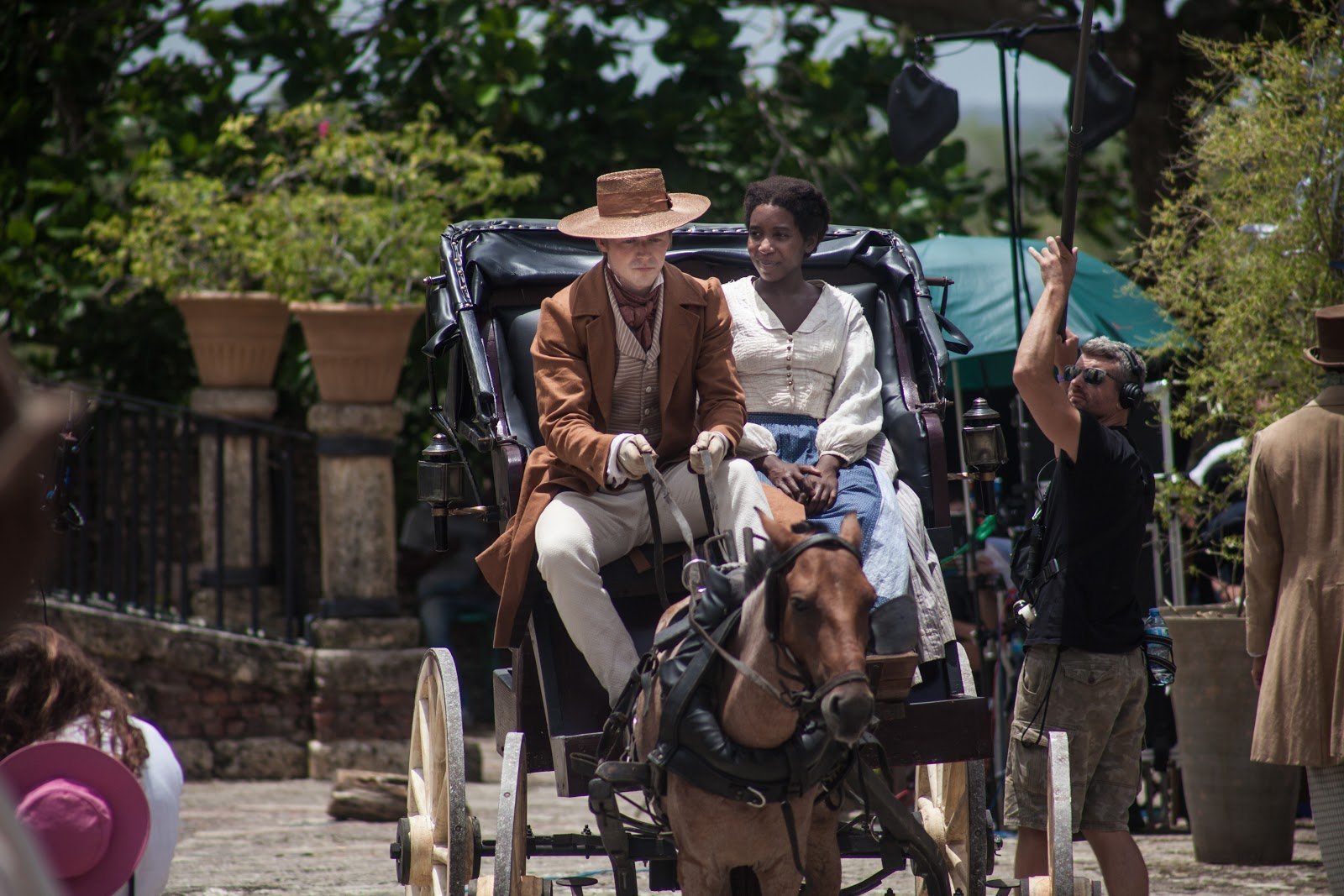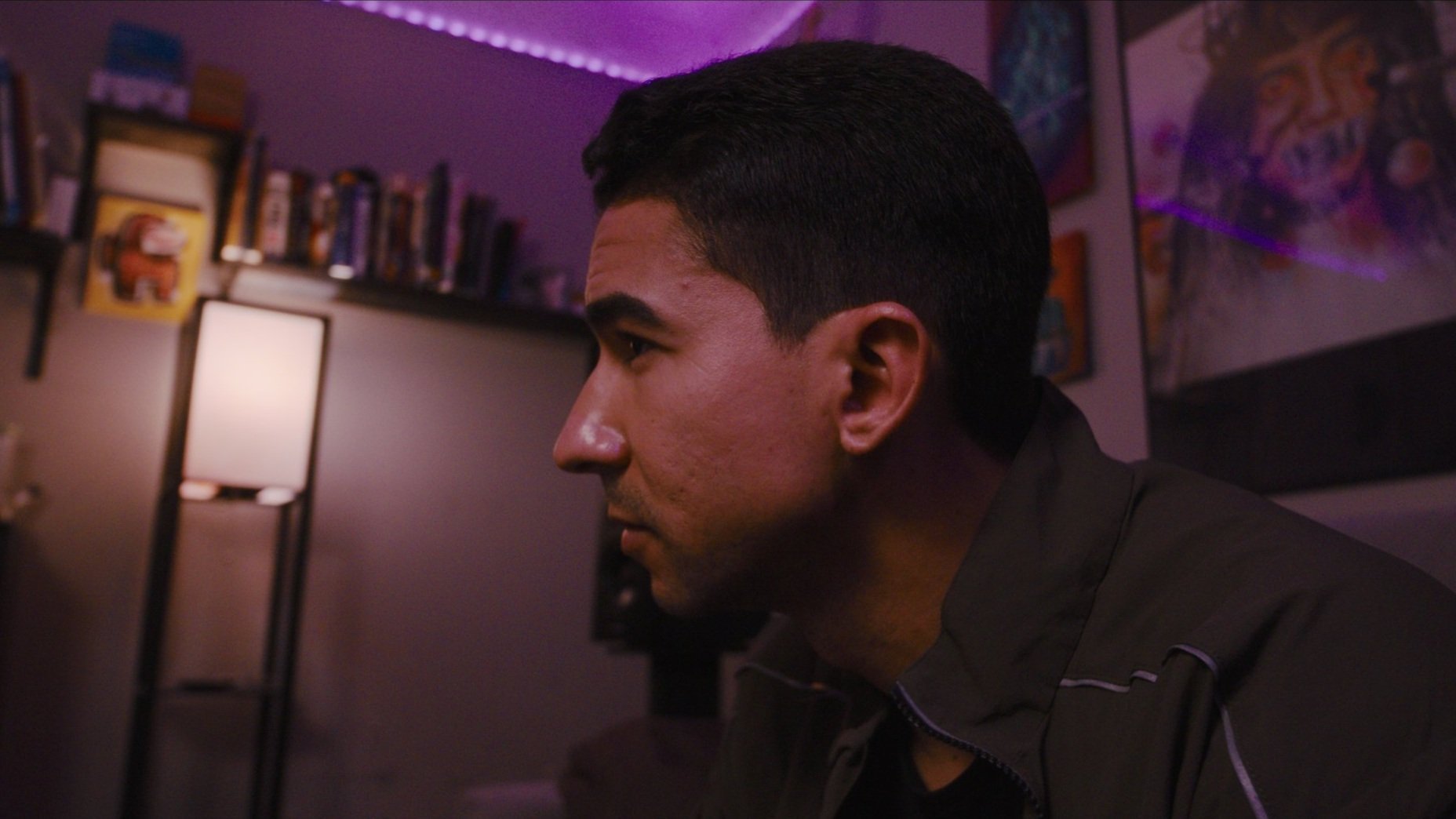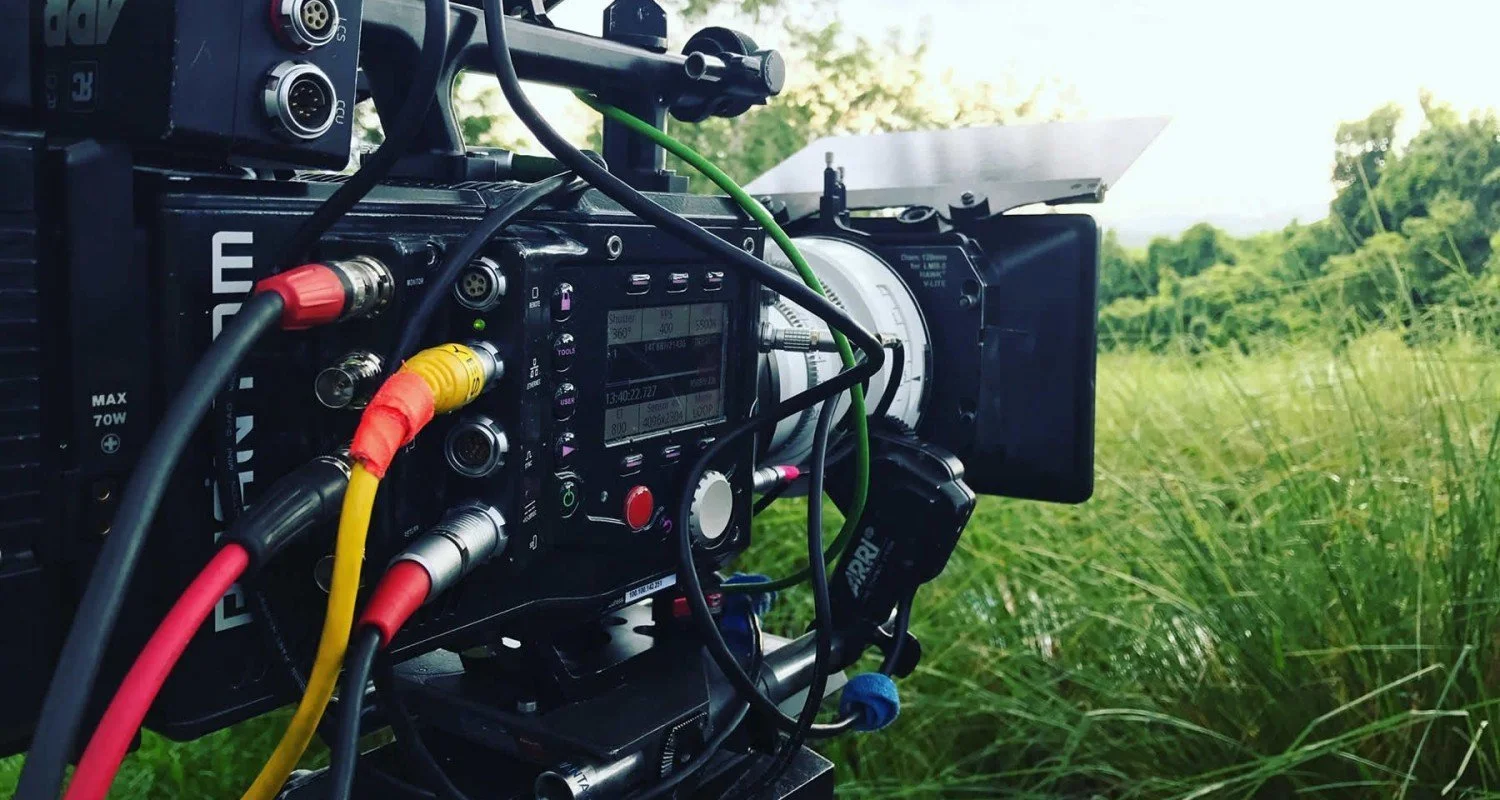Lights, Camera, Dominican Republic: A Cinematic Adventure in the Caribbean
The Dominican Republic, with its pristine beaches, lush rainforests, and vibrant culture, has long been a sought-after destination for travelers seeking sun-soaked getaways. But beneath the swaying palm trees and the rhythmic sounds of merengue music lies a hidden gem that has been capturing the imagination of filmmakers from around the world. In recent years, the Dominican Republic has emerged as a rising star in the global film industry, offering a diverse and captivating canvas for cinematic storytelling. As the country's film industry continues to flourish, let's explore the prospects and allure of making films in this Caribbean paradise.
A Rich Cinematic Landscape
The Dominican Republic, often referred to as the "Land of Contrasts," offers filmmakers a truly rich cinematic landscape that goes beyond mere aesthetics. It's a country where nature and culture intertwine seamlessly, creating a diverse and visually captivating backdrop for storytelling.
Natural Beauty
One of the most remarkable aspects of the Dominican Republic is its natural beauty. The country is a treasure trove of breathtaking landscapes that can transport audiences to different worlds. Filmmakers have the opportunity to explore:
Pristine Beaches:** From the white sands of Punta Cana to the secluded coves of Samaná, the country's beaches offer a picturesque setting for romantic dramas, adventure films, or even a serene meditation on the human condition. The crystal-clear waters and swaying palm trees provide an idyllic cinematic canvas.
Lush Rainforests:** In the heart of the Dominican Republic, the Cordillera Central mountain range harbors lush rainforests with towering waterfalls, dense vegetation, and exotic wildlife. These natural wonders can serve as the backdrop for stories of exploration, discovery, and encounters with the untamed wilderness.
Historic Cities:** Santo Domingo's Zona Colonial is a UNESCO World Heritage Site and a living museum of colonial architecture. The cobblestone streets, historic buildings, and charming plazas offer filmmakers the opportunity to transport audiences to different epochs, from the Spanish conquest to the modern era.
Cultural Richness
Beyond its natural beauty, the Dominican Republic's cultural richness provides a unique layer of depth to any film. The country's cultural tapestry is a vibrant mix of indigenous Taíno, African, and Spanish influences, which has given rise to a unique and colorful society. Filmmakers can tap into this cultural diversity to add authenticity and depth to their narratives:
Traditional Festivals:** The Dominican Republic boasts a rich tradition of colorful festivals, from Carnival with its elaborate costumes and lively music to the solemnity of Holy Week processions. These celebrations can be integrated into the storyline, creating a dynamic and immersive cultural experience for viewers.
Local Cuisine:** Dominican cuisine is a fusion of flavors and ingredients, influenced by African, Spanish, and indigenous traditions. Filmmakers can use food as a cultural marker, showcasing the culinary delights of the country and using them to connect characters and communities.
Music and Dance:** The rhythm of merengue and bachata music is the heartbeat of the Dominican Republic. The country's music and dance traditions can infuse energy and emotion into any film. From passionate bachata dances to the lively beats of merengue, music and dance are woven into the fabric of Dominican life.
Local Communities:** The Dominican Republic is home to a diverse array of communities, each with its own traditions and way of life. Filmmakers can explore the unique dynamics and stories within these communities, whether in the vibrant neighborhoods of Santo Domingo or the tranquil villages nestled in the mountains.
An Expanding Industry
The Dominican Republic's film industry is on a remarkable ascent, carving out its place on the global cinematic stage. This meteoric rise can be attributed to several key factors that have transformed the nation into a cinematic powerhouse.
At the heart of this burgeoning industry is the Dominican Republic Film Commission (DGCINE), a governmental organization established in 2010 with a clear mission – to promote the country as a premier destination for international film productions. DGCINE has played a pivotal role in shaping the industry's growth by offering a wide range of incentives, grants, and logistical support to filmmakers, both local and foreign. These incentives include a 25% transferable tax credit on qualified expenditures for film productions, a robust scheme that has proven irresistible to filmmakers seeking cost-effective yet visually stunning locations.
DGCINE's comprehensive support doesn't stop at financial incentives. It assists filmmakers in navigating the complexities of permits, location scouting, and accessing local talent and resources. This one-stop-shop approach has streamlined the filmmaking process, ensuring that productions run smoothly and efficiently.
International Productions:
The Dominican Republic has undeniably attracted the gaze of Hollywood and international filmmakers, who recognize the country's potential as a cinematic backdrop. High-profile films like "The Lost City of Z," featuring the talents of Charlie Hunnam and Robert Pattinson, and the adrenaline-pumping "47 Meters Down," starring Mandy Moore, have found parts of their cinematic homes in the Dominican Republic. This influx of international productions brings not only recognition to the country but also invaluable opportunities for local talent to collaborate with industry veterans.
By hosting these global productions, the Dominican Republic has not only showcased its stunning locations but also its capabilities as a filmmaking hub. This exposure has boosted the country's reputation as a versatile and reliable location for international filmmakers looking to capture diverse landscapes, from lush rainforests to pristine beaches.
The collaboration between local and international talent has proven mutually beneficial. Local actors, directors, and crew members gain valuable experience working alongside industry professionals, enhancing their skills and expanding their horizons. Conversely, international filmmakers benefit from the local expertise and cultural insights that Dominican talent brings to their projects, enriching the authenticity of their narratives.
In recent years, the Dominican Republic has witnessed a surge in homegrown talent that is leaving an indelible mark on the global film industry. The emergence of these talented individuals spans across various aspects of filmmaking, from acting and directing to writing and production, and their contributions are propelling the country's cinematic achievements to new heights.
Acting Talents Shining Bright
Manny Perez, Jharrel Jerome, and Steven Staine Fernandez Fernandez are three prominent names in the Dominican acting scene who have earned both local and international acclaim. Their performances have not only garnered critical recognition but have also showcased the depth and versatility of Dominican acting talent. Alongside remarkable male talents, a host of exceptional female actors like Nashla Bogaert, Irene Castillo, and Hony Estrella have been making waves, adding depth and diversity to the nation's cinematic landscape.
Manny Perez, a veteran of the Dominican film scene, stands as a testament to the depth and versatility of Dominican acting talent, and alongside him, Dominican actor Jharrel Jerome has also made waves, further diversifying the country's pool of remarkable actors. With an impressive body of work spanning decades, Perez has consistently demonstrated his exceptional range and skill in bringing characters to life. On the other hand, in Steven Staine Fernandez Fernandez, the Dominican film industry finds a promising young talent poised to leave a lasting imprint. Although he has yet to portray a historical figure on screen, Fernandez's ability to inhabit characters and convey their emotions with finesse has already showcased his potential as a rising star.
While male actors have often taken the spotlight, it's essential to recognize the remarkable female talents who have played pivotal roles in shaping the Dominican film landscape. Their contributions have infused the industry with depth and diversity, portraying a wide spectrum of complex characters and narratives. Nashla Bogaert is a Dominican actress celebrated for her riveting performances that span various genres, marked by her remarkable ability to convey genuine emotion and authenticity on screen. Hony Estrella stands out as another luminary in the Dominican film scene, with her dynamic acting prowess adding profound layers to the characters she embodies. Irene Castillo's significant contributions to Dominican cinema have not gone unnoticed, consistently infusing authenticity and depth into the stories she has been a part of, leaving an indelible impact on the industry. Together, these talented actresses have enriched Dominican cinema, contributing to its vibrant tapestry of storytelling and highlighting the diverse range of narratives that captivate audiences both domestically and internationally.
A Filmmaker's Tax Incentives Dream Realized
To further encourage filmmaking in the country, the Dominican government offers enticing tax incentives, including a 25% transferable tax credit on qualified expenditures for film productions. These incentives have made the Dominican Republic an irresistible destination for filmmakers, both local and international. This financial support not only fosters creativity but also bolsters the local industry by stimulating investment.
Moreover, the country's commitment to infrastructure development ensures that filmmakers have access to state-of-the-art film studios and production facilities. These world-class facilities provide the necessary resources for filmmakers to bring their visions to life, from pre-production planning to post-production editing. The availability of top-tier infrastructure enhances the overall filmmaking experience, nurturing a creative environment where talent, both male and female, can flourish.
In conclusion, the Dominican Republic's film industry is a vibrant tapestry of talent, where male and female actors, like Manny Perez, Steven Staine Fernandez Fernandez, Nashla Bogaert, Hony Estrella, and Irene Castillo, shine brightly. Their dedication, skill, and contributions have not only elevated Dominican cinema but have also made a significant impact on the global stage. With the support of tax incentives and world-class infrastructure, the country's cinematic future is bound to be even more inclusive, diverse, and filled with captivating storytelling.
Challenges and Opportunities
The Dominican Republic's burgeoning film industry presents a dynamic blend of challenges and opportunities, shaping the path for both local and international filmmakers. While the country offers a host of advantages, there are significant hurdles to overcome and key areas of growth to explore.
In terms of challenges, infrastructure development remains an ongoing endeavor. While the Dominican Republic has made substantial investments in state-of-the-art studios and production facilities, further expansion and enhancement are needed to meet the demands of a growing industry. Striking a delicate balance between development and environmental preservation is paramount. Additionally, ensuring that local talent, including actors, directors, writers, and crew members, has access to comprehensive training and opportunities for growth is vital for the industry's sustainability. Bridging the gap between emerging talent and expertise is a critical endeavor. Furthermore, the industry faces challenges related to intellectual property rights and piracy. Protecting creative works and enforcing copyright laws are essential to safeguarding the fruits of filmmakers' labor.
On the flip side, the Dominican Republic's film industry offers a multitude of opportunities. The country's strategic location and enticing incentives have attracted international productions, fostering collaboration and knowledge exchange between local and international filmmakers. These partnerships have the potential to create a vibrant and globally competitive film industry. Additionally, the nation's rich cultural heritage serves as a compelling asset for storytelling. By incorporating Dominican traditions, folklore, and history into narratives, filmmakers can craft captivating stories with both local and international appeal. The fusion of cultural richness and storytelling potential opens new creative horizons. Moreover, synergizing the film industry with tourism presents an exciting opportunity. Film-induced tourism not only boosts the local economy but also provides filmmakers with breathtaking natural backdrops for their stories. This synergy between tourism and film can be mutually beneficial.
Despite the challenges, perhaps due to the vast opportunities, the Dominican film industry continues to gain momentum and the future looks promising. The country's rich cultural heritage, breathtaking landscapes, and vibrant communities provide an abundance of material for compelling storytelling. With the support of organizations like DGCINE, the growth of local talent, and the allure of international productions, the Dominican Republic is poised to shine even brighter on the global cinematic stage. Several films have capitalized on the Dominican Republic's cinematic potential, leaving their mark on the industry. Here are a few success stories:
”Carpinteros" (Woodpeckers):** Directed by Jose Maria Cabral, this drama explores the unique setting of Najayo, a real-life prison where inmates communicate through sign language. The film received critical acclaim and was the Dominican Republic's submission for the Best Foreign Language Film category at the 90th Academy Awards.
"Veneno: The First Fall":** Directed by Tabaré Blanchard, this documentary tells the story of the legendary Dominican wrestler Jack Veneno. The film not only pays homage to a cultural icon but also explores themes of identity and heroism.
"Noelí Overseas":** Directed by Laura Amelia Guzmán and Israel Cárdenas, this drama explores the experiences of Dominican women who work in the sex tourism industry. The film sheds light on the complexities of their lives and received international recognition for its sensitive portrayal of the subject matter.
The Dominican Republic, with its captivating landscapes, cultural diversity, and growing film industry, is fast becoming a destination of choice for filmmakers seeking a unique and vibrant canvas for their stories. As the country's cinematic journey unfolds, it holds the promise of captivating audiences worldwide with its rich narratives and stunning visuals. With the continued support of the Dominican Republic Film Commission and the dedication of local talent, the country's star in the film industry is undoubtedly on the rise, making it a true cinematic paradise in the heart of the Caribbean.


